
Top 7 peripheral neuropathy creams that actually STOP nerve pain fast!

Peripheral neuropathy is a condition that disrupts the body’s communication network — the nerves that carry signals between the brain, spinal cord, and the rest of the body. When these nerves are damaged, people often experience pain, numbness, burning, tingling, or weakness in their hands and feet.
While it’s not typically life-threatening, peripheral neuropathy can drastically affect quality of life. It can make walking difficult, reduce balance and coordination, and even interfere with sleep due to nighttime pain and discomfort. Over time, untreated neuropathy can lead to complications such as infections, falls, or loss of mobility — which is why early attention and care are so important.
🧠 What Is Peripheral Neuropathy?

Peripheral neuropathy refers to damage or dysfunction of the peripheral nerves, the network that connects your central nervous system to the rest of your body. These nerves control movement, sensation, and autonomic functions such as circulation and digestion.
When they’re impaired, the result can be a wide range of uncomfortable sensations — from burning and tingling to complete numbness. Some people describe it as walking on pins and needles; others feel an almost constant electric-like pain in their extremities.
Common symptoms include:
-
Numbness, burning, or tingling in feet and hands
-
Weakness or difficulty lifting objects
-
Poor balance and coordination
-
Heightened pain sensitivity, especially at night
-
Loss of reflexes or sensation in the legs
Left unaddressed, these symptoms can progress — moving from mild irritation to significant loss of mobility and independence.
⚠️ Key Takeaways
-
Peripheral neuropathy involves nerve pain, tingling, and numbness in the extremities.
-
It’s often linked to poor circulation, diabetes, or nerve injury.
-
Symptoms can worsen at night and affect mobility, balance, and sleep.
-
Early detection and treatment improve outcomes and may slow progression.
-
Relief can come from topical creams, targeted supplements, and holistic lifestyle strategies.
🔍 Causes and Progression
The causes of peripheral neuropathy are diverse, but most cases stem from nerve damage and inadequate blood flow.
Common contributors include:
-
Diabetes: High blood sugar damages small blood vessels that nourish nerves, making diabetic neuropathy one of the most frequent forms.
-
Vascular disease: Reduced circulation deprives nerves of oxygen and nutrients.
-
Age-related decline: Nerve insulation (myelin) weakens with age, slowing signal transmission.
-
Heart disease, infections, or autoimmune disorders: These can indirectly injure nerves or limit oxygen delivery.
-
Toxin exposure or medications: Certain chemotherapy drugs and heavy metals can also trigger nerve damage.
As neuropathy progresses, nerves become increasingly fragile and less responsive. The result is a cycle of worsening pain, loss of sensation, and reduced mobility — which can increase fall risk and make daily life more challenging.
💡 The Expanding Market for Neuropathy Treatments
The number of people affected by neuropathy is steadily climbing. Aging populations and rising rates of diabetes are major drivers, and the market for neuropathy treatments — from prescription drugs to natural therapies — is projected to grow significantly.
The diabetic peripheral neuropathy market alone represents billions in annual spending, reflecting both the scope of the condition and the ongoing demand for better relief options. This surge has led to innovation in topical creams, supplements, wearable therapies, and nerve-stimulating devices, giving patients more choices than ever before.
🧴 Topical Creams for Neuropathy Relief
Topical creams can provide targeted, temporary relief from pain, itching, and burning sensations. They work by numbing the area, reducing inflammation, or distracting the nerves with cooling or warming sensations.
Here are some of the most commonly recommended options:
-
Gold Bond Pain and Itch Relief Cream – Contains menthol and pramoxine for mild pain and itching relief. Fast-acting and affordable for minor discomfort.
-
Capsaicin Creams – Made from chili peppers; these desensitize nerve endings. Some users find them highly effective, though they can initially cause a burning sensation.
-
Aspercreme with Lidocaine – Uses lidocaine, a local anesthetic, to numb affected areas — great for nighttime pain that interferes with sleep.
-
Blue Emu Pain Relief Cream – Features emu oil, aloe vera, and MSM to moisturize and calm inflammation. A good choice for sensitive or dry skin.
-
Salonpas Pain Relieving Patch – Combines menthol and methyl salicylate for convenient, targeted relief; ideal for localized nerve discomfort.
-
Voltaren Arthritis Pain Gel – Contains diclofenac sodium, a proven anti-inflammatory used off-label for neuropathy-related pain.
-
Penetrex Pain Relief Cream – Includes MSM, arnica, and B vitamins; frequently praised for its soothing and anti-inflammatory effects.
⚠️ Tip: Always test new creams on a small area first and avoid applying to broken skin.
🌿 The Role of Supplements in Nerve Support
Supplements can complement topical treatments by supporting nerve health from the inside out. Some of the most researched options include:
-
MSM (Methylsulfonylmethane): May help reduce inflammation and improve mobility in pain-related conditions.
-
Turmeric (Curcumin): Known for its strong anti-inflammatory effects and antioxidant activity, potentially easing nerve irritation.
-
Alpha-Lipoic Acid (ALA): A natural compound that supports nerve function and may reduce symptoms of diabetic neuropathy.
-
B-Complex Vitamins: Especially B1 (thiamine), B6, and B12 — essential for nerve repair and energy metabolism.
-
Glucosamine and Chondroitin: Often used for joint health, they may also contribute to overall pain relief and flexibility.
While these supplements aren’t cures, they can help manage symptoms, enhance circulation, and support nerve regeneration when combined with medical supervision and a healthy lifestyle.
🌱 A Holistic Approach to Managing Neuropathy
Managing neuropathy effectively requires more than just symptom relief — it involves improving overall nerve health and blood flow.
A comprehensive strategy may include:
-
Lifestyle changes: Regular exercise, a balanced diet low in sugar and processed foods, and proper hydration.
-
Foot care: Daily inspection, comfortable footwear, and orthotics to prevent sores and improve balance.
-
Stress management: Meditation, gentle stretching, or yoga can help reduce pain sensitivity and improve circulation.
-
Addressing underlying conditions: Managing diabetes, high blood pressure, or cardiovascular issues is crucial.
-
Professional guidance: Physical therapy, nerve stimulation, or chiropractic care may offer added support.
When combined, these approaches don’t just reduce pain — they help restore independence, improve sleep, and enhance quality of life.
🩺 The Bottom Line
Peripheral neuropathy may not be curable, but it is highly manageable with the right mix of medical care, lifestyle adjustments, and targeted symptom relief.
Whether you find comfort in a soothing cream, an anti-inflammatory supplement, or daily mobility exercises, consistency is key. Small changes — made regularly — can make a real difference in comfort and function.
By taking a proactive approach, understanding your body, and working closely with healthcare professionals, you can regain control over your symptoms and move toward a more comfortable, balanced life.
News in the same category


The Ultimate Healing Tonic: A Powerful Natural Drink for Swollen Feet, Diabetes & Poor Circulation

If you suffer from arthritis pain and joint aches, here's what you should know

Reverse diabetes and insulin resistance fast—4 hacks doctors don’t tell you!

4 powerful remedies to eliminate parasites—#2 will surprise you!

The Real Health Benefits of Papaya Seeds: A Tiny Powerhouse Worth Trying

15 Things That Women Will Always Notice About A Man Over 50
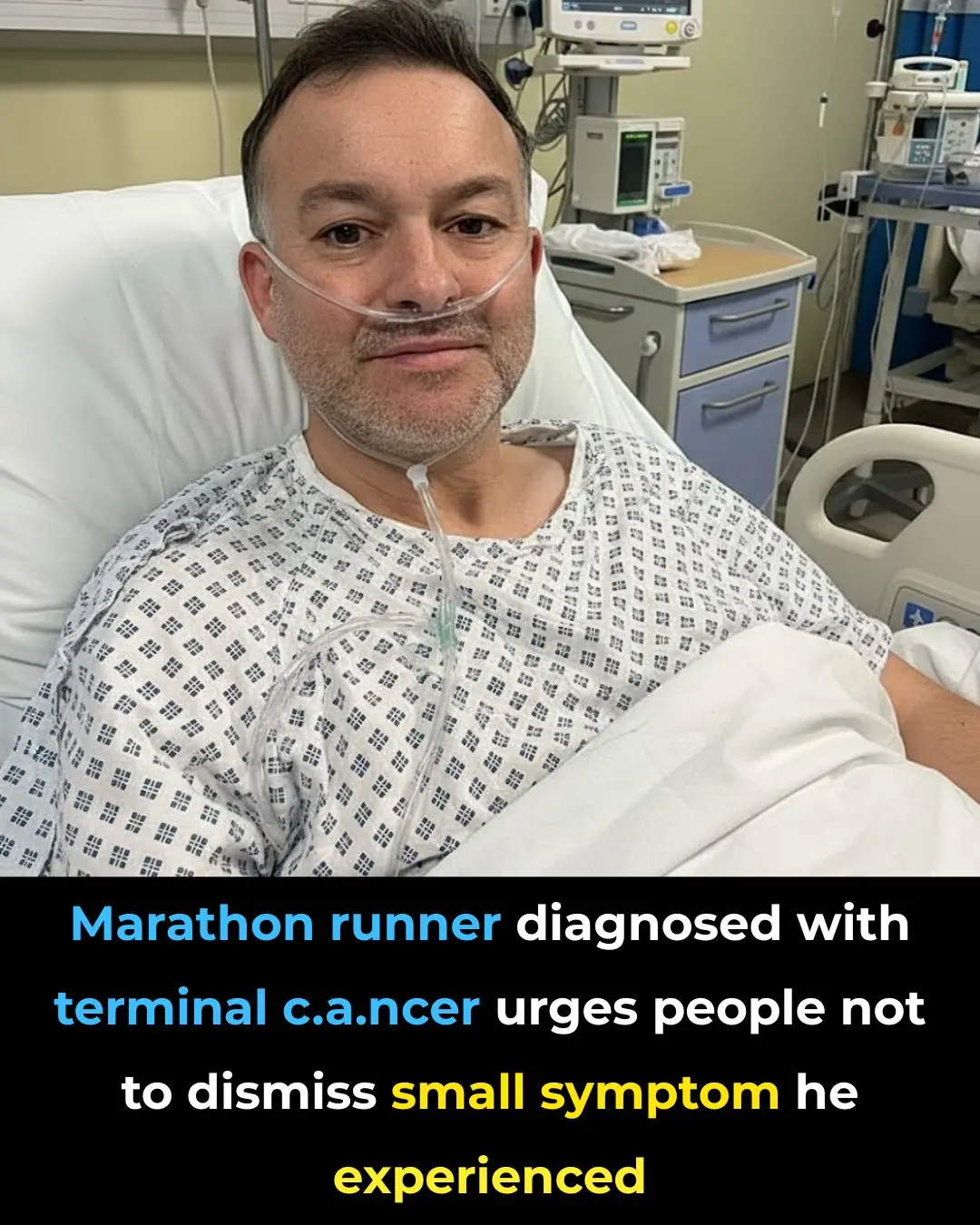
Marathon Runner Diagnosed With Terminal Cancer Warns Against Ignoring Small Symptoms

PANCREATIC CANCER NEEDS CATCHING EARLY. THE SIGNS AND SYMPTOMS TO LOOK OUT FOR

Woman diagnosed with stage four colon cancer warns people about 5 symptoms she ignored

1 cup to protect the pancreas (and reduce blood sugar)
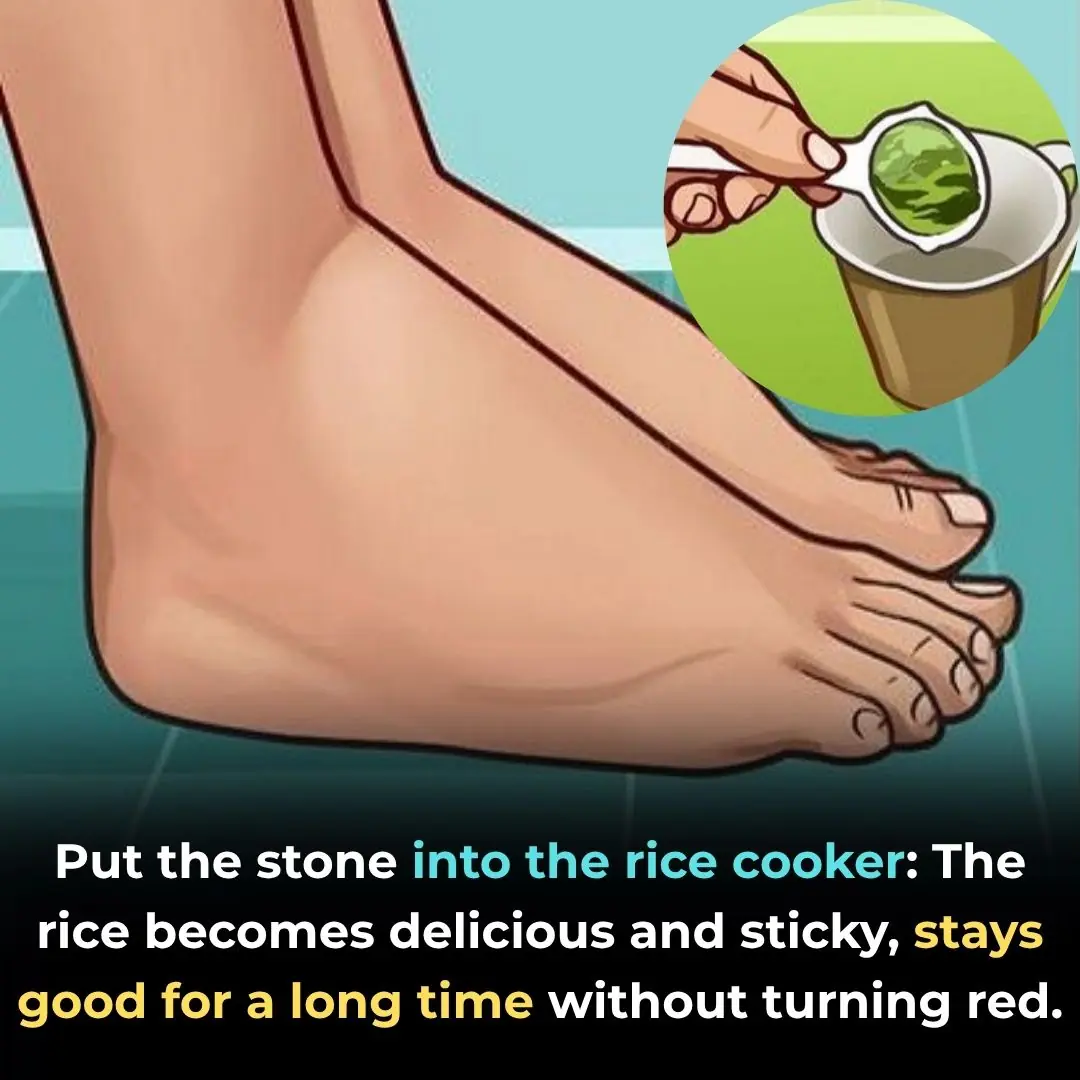
Eliminate Excess Water and Prevent Hand and Foot Swelling with These Effective Recipes

MARATHON RUNNER DIAGNOSED WITH TERMINAL CANCER URGES PEOPLE NOT TO DISMISS SMALL SYMPTOM HE EXPERIENCED

4 Powerful Foods That Naturally Boost Collagen and Repair Your Body from Within

Ugh, these so annoying
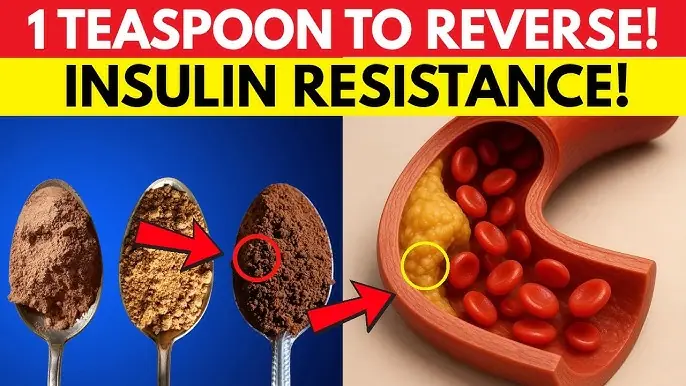
1 Teaspoon in Your Morning Coffee Could Stop Insulin Resistance Within Minutes
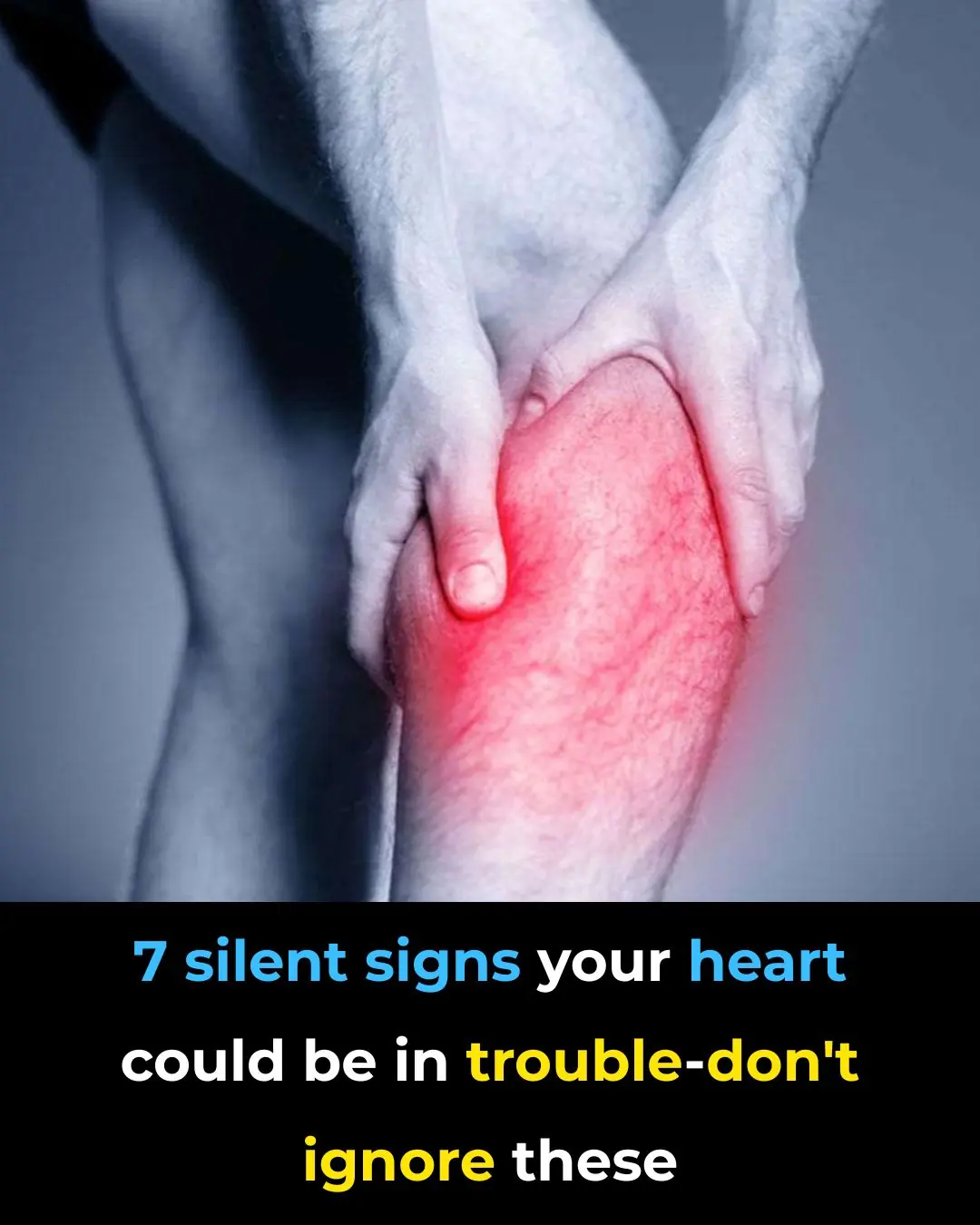
7 silent signs your heart could be in trouble – don’t ignore these!

Thyme Essential Oil Shows Promise in Killing Lung, Oral, and Ovarian Cancer Cells
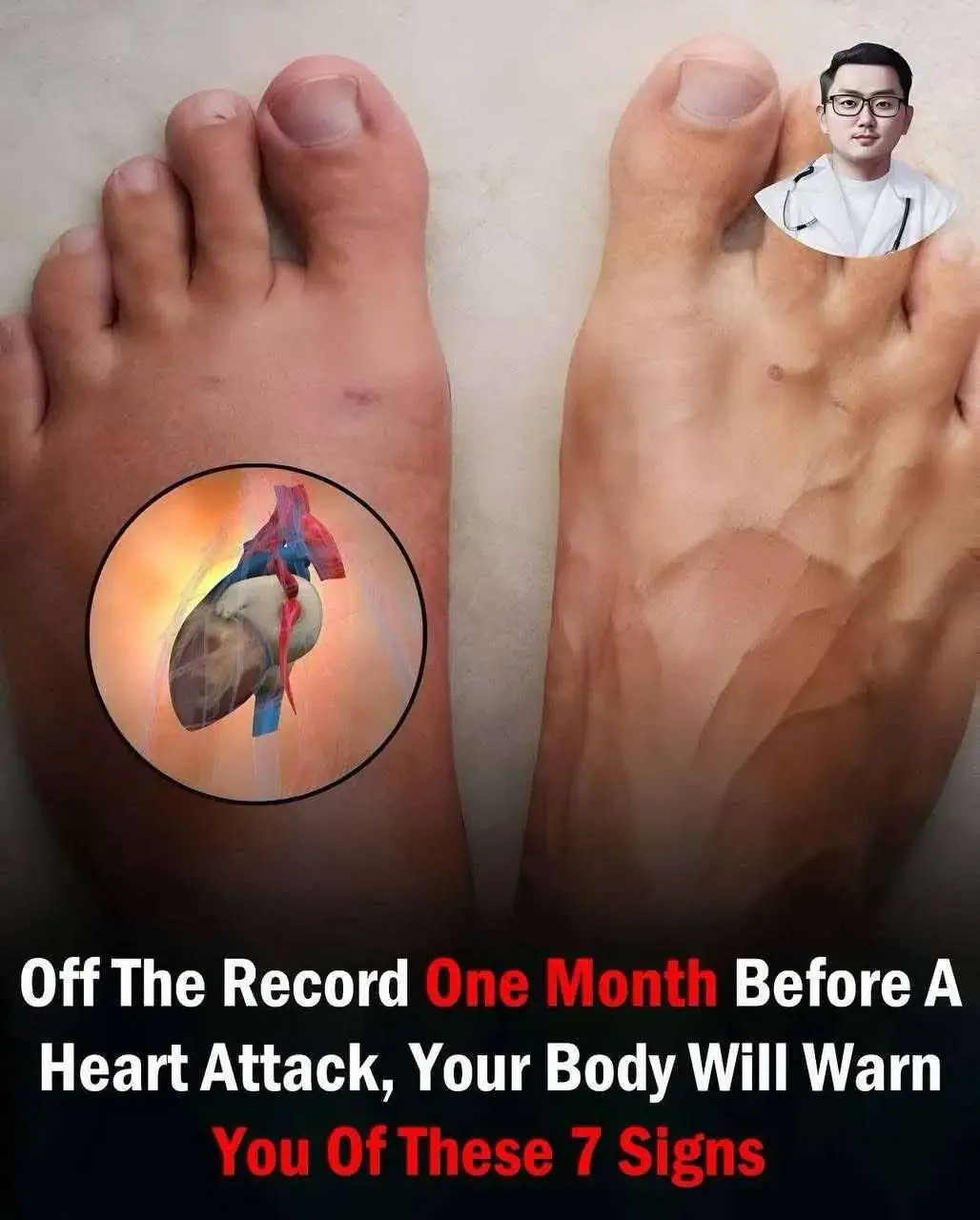
7 Warning Signs of a Heart Attack You Should Never Ignore
News Post

Rock Star’s Family Devastated As Common Symptom Leads To ER Visit And Aggressive Cancer Diagnosis

Tammy Slaton Shocks Fans With Stunning Weight Loss Photos—Inside Her Transformation

Doctors Feared Baby Had a Mouth Tumor—But the Real Cause Left Everyone Stunned

31-Year-Old Father Warns Others After Subtle Symptoms Lead to Colon Cancer Diagnosis

35-Year-Old Man Dubbed the “Modern Dorian Gray” Reveals His Unusual Secrets for Staying Youthful

7-Eleven Manager Allegedly Suffocates Employee During Shift—Victim Dies Days Later

Take This Before Bed — and Wake Up Transformed

The Ultimate Healing Tonic: A Powerful Natural Drink for Swollen Feet, Diabetes & Poor Circulation

Stop This Dangerous Habit Before Your Phone Explodes!

Women Who Age Quickly & Have Shorter Lifespans Often Do These 4 Things at Night — How Many Are You Guilty Of?

Eating Fish “for Ultimate Strength” — 30-Year-Old Woman Diagnosed with Premature Ovarian Failure, Body Full of Mercury

42-Year-Old Man Dies of Stroke Despite No Smoking or Alcohol — Doctor Warns: “How Dare You Eat This Every Day!”

“Doctor warns: 3 beauty habits you might think are harmless — but that could speed up cancer development!”

Boil Perilla Leaves with a Few Stalks of Lemongrass — Your Body Gets These 7 Excellent Benefits

Everyone Fears Diabetes — But Diabetes “Fears” These 5 Foods the Most

Objects That May Be Harming Your Health Without You Noticing

Drinking Plantain Leaf Tea: 5 Powerful Health Benefits for Your Body

Drink Roasted Black Bean and Ginger Tea for 7 Days — Your Body Will Thank You with 3 Amazing Benefits

Garlic: The Natural Weapon Against Pests You Probably Forgot About
